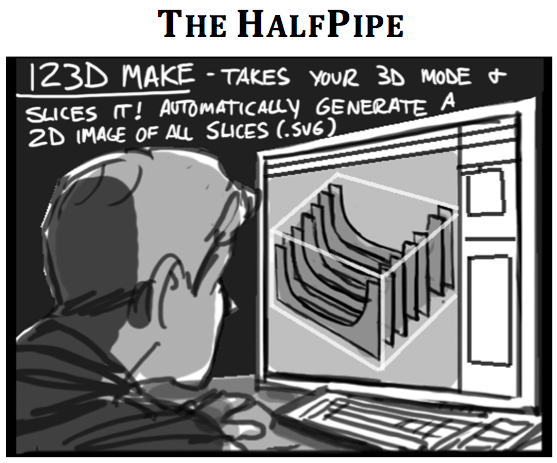The Beginning - Otherlab and the MENTOR project
Otherlab has just begun the first year of a three-year, DARPA sponsored project in partnership with Make magazine: MENTOR Makerspace. The official program description can be found here ( The Original Solicitation ). The goal of the project is to put the modern tools for 3D digital design and computer controlled manufacturing into the hands of high school students. In 1000 high schools, we aim to create a workspace that you might think of as “shop class for the 21 st century.” We like to imagine it as more of a school-wide resource, much like a library, where any student from any class can learn how to turn their ideas into digital designs, and then turn the designs into reality with computer controlled manufacturing tools.
Otherlab asked comic book artist, Nick Dragotta to create comics that put our vision into action. These comics highlight the fact that all students can be engaged with designing and building, no matter what their interests are. Click on the thumbnails to view the full comics.
Along with free 3D design software from Autodesk, we will be providing a CNC (computer numerically controlled) machine and the complimentary array of hand tools and materials to all of the schools in our program. Even though we will be providing design software from Autodesk, students and teachers can use whatever design software they feel most comfortable with. The machine, the Othercutter, operates much like a laser cutter, but it cuts with a reciprocating blade rather than a laser beam. The manufacturing capabilities of a laser cutter are incredible, but its high cost, the need for ventilation during cutting, and the risks of fire and exposure to harmful vapors make the current laser cutting technology non-ideal for the classroom.
The Othercutter is designed to be inexpensive and is optimized for cutting low-to-no-cost cardboard. Our thinking is that if we create a machine that uses the cheapest material, we will be enabling more designs and more creations from the students. Teachers won’t have to worry about how they will get money to provide more raw building materials for their students, because cardboard is everywhere.
We hope that by giving these modern tools to students and supporting their creative exploration, we can seed the growth of a population of people that understand how things are made and feel empowered to take part in designing the world around them.




